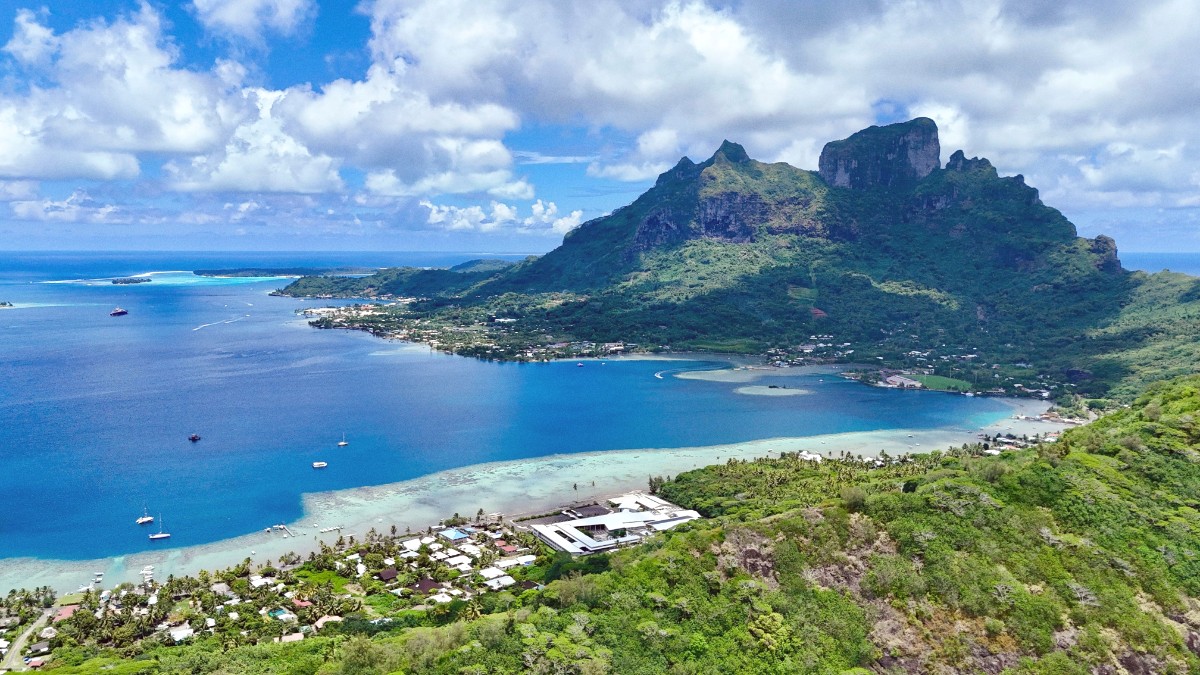
Tahiti And French Polynesia
Bora Bora’s informal public transport is "Le Truck," an open-sided, wooden bus. These operate on an irregular schedule around the main island, mainly serving local residents. Do not expect fixed stops or precise routes; you can hail them anywhere along the road.
For reliable and timely transportation, plan to use taxis, rental vehicles (scooters or cars), or pre-arranged resort transfers rather than relying solely on Le Truck.
Bora Bora’s informal public bus. Offers a cultural experience but is unreliable for strict schedules.
Dedicated boat shuttles connect resorts (especially on motus) to Vaitape. Often a paid service.
Central hub for airport transfers, resort boats, and land transportation departures.
Valid driver's license accepted. DiscoverCars.com for bookings.
Widely available in Vaitape. Helmets provided and worn.
Around $15-$25 USD/day. Pleasant way to explore flat island roads.
Main road is paved and in good condition. Low traffic volume.
Walking and cycling offer excellent ways to experience the beauty of Bora Bora at a relaxed pace, especially on the main island. The circular road around the main island is approximately 32 kilometers (20 miles) long.
Limited accessibility services. Newer luxury resorts offer better access within grounds and with private boat transfers.
Le Truck and smaller local boats are not typically accessible for mobility needs.
Contact resorts and tour operators directly to inquire about specific provisions for mobility needs.
A mix of resort-provided services, rentals, and organized tours often work best.
The main means of transport between the main island and outer motus with resorts.
Connects resorts & main island.
Popular excursions for snorkeling, marine life viewing, and exploring coral gardens. Often includes a picnic.
Main attraction for island exploration.
Used by cruise passengers to disembark from ships anchored in the lagoon to Vaitape Pier.
Shore access for cruise visitors.
For a smooth departure, always verify your flight details and transfer arrangements well in advance.